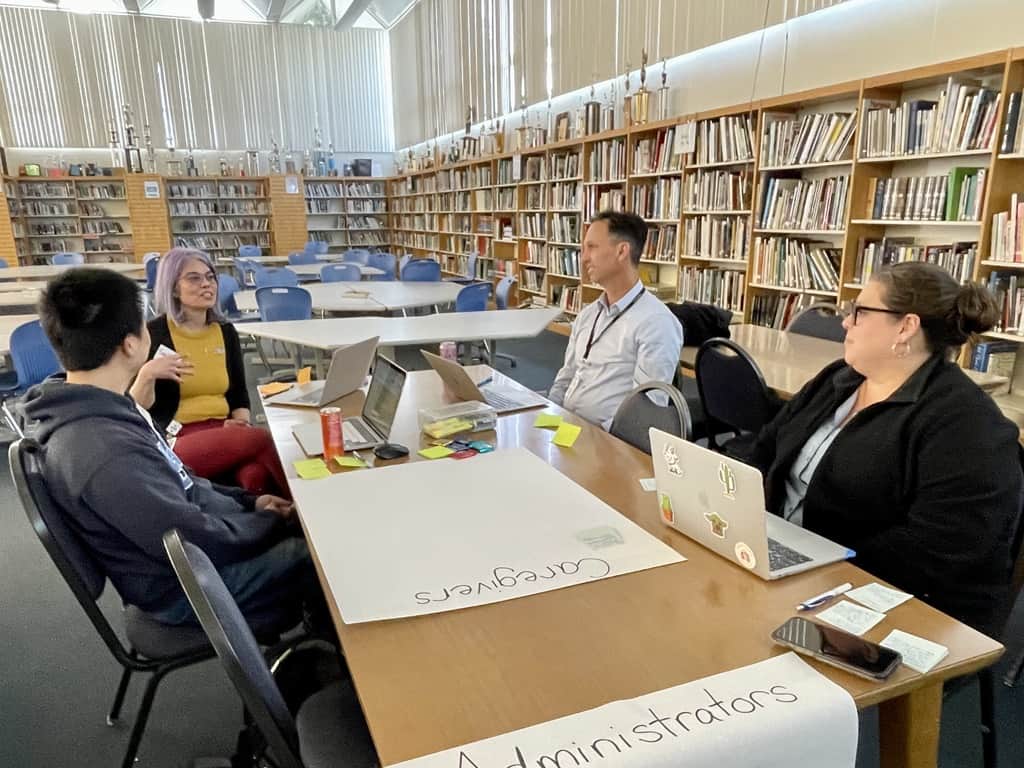An introduction
Over 20 years ago, “[i]nstead of asking what was wrong with African American learners,” Dr. Ladson-Billings “dared to ask what was right with these students and what happened in the classrooms of teachers who seemed to experience pedagogical success with them?” (Ladson-Billings, 2014). This bold question led to the birth of culturally relevant pedagogy (CRP). CRP inspired a generation of educators to rethink their instructional practices, restructure their instructional materials to make them inclusive and truthful, and unpack state standards to analyze, amend, and position them in service of student success.
The racial unrest and protests of summer 2020 coupled with the COVID-19 pandemic laid bare the injustices historically resilient students and communities had faced for decades in the US. Many activists and advocates harnessed the momentum and pushed for K-12 schools to be anti-racist and provide equitable experiences for all students. This push led many school districts to seek ways to address inequities in schools and has brought new and intensified attention to the work Dr. Ladson-Billings started 20 years ago.
In response to her recent call for action, for a “Hard Re-set,” Student Achievement Partners has taken a critical look at ourselves, our work, and our existing tools and resources. Our team was tasked with learning about how the Instructional Materials Evaluation Tool (IMET) meets or does not meet the domains of culturally relevant pedagogy. In order to do that, though, we had to deeply understand the work of Dr. Ladson-Billings, including what it means, how it has been applied across different contexts, and what are some of the documented social, emotional, and academic outcomes when CRP is used with Black students and bi/multilingual students.
In order to do this, we read research and interviewed educators to better understand the ways that culturally relevant pedagogy is showing up in classrooms, today, in 2021. The purpose of this blog series is to bridge the gap between theory and practice by showing how CRP starts as an educator’s mindset, what it looks like in curriculum, and what changes are necessary to revise standards-aligned instructional materials to better enact culturally relevant pedagogy.
Part of what we’ve learned is that CRP is a completely different approach to the traditional ways that we have approached education. CRP is an approach that centers children’s assets and their needs, and relies on teachers deeply knowing themselves and reflecting upon their own mindsets, beliefs, and cultural identities and biases.
Dr. Ladson-Billings introduced the framework of CRP with three domains:
- “students must experience academic success,
- students must develop and maintain cultural competence, and
- students must develop sociopolitical consciousness [critical consciousness] through which they take a critical stance and challenge the status quo of the current social order.” (Ladson-Billings, 1995, p. 160)
All three tenets of CRP must be present for instruction to reach its true potential for students. To this day, Dr. Ladson-Billings contends that CRP is not a set of strategies that educators can treat like a checklist; instead, a teacher who practices CRP arrives at this work because of their desire for educational equity. Through examination of the literature and learning from educators in the field, we have come to understand that educators who engage in CRP often demonstrate:
- A commitment to the emotional connectivity required to interrogate one’s past beliefs and values to acknowledge and address biases.
- A belief that this work is a personal journey that is ongoing and iterative, humbling, and requires vulnerability and empathy.
- A personal responsibility for educational equity and they hold themselves accountable for students’ success.
CRP, however, is not a supplementary teaching tool or an add-on. It is good teaching undergirded by intentionality, reflection, and a deep understanding of how inequities and all forms of racism perpetuate in schools and impact students.
What we’ve learned is that it takes time to develop the mindsets and beliefs that are necessary to implement CRP and apply it to our work with the IMET. In the next posts, we will unpack the domains of culturally relevant pedagogy and show how they have influenced our thinking about the IMET, and where standards-aligned instructional materials meet classroom practice that centers the brilliance and genius of Black, Indigenous, Latinx, and other students of color as well as students who are bi/multilingual.
References
Ladson‐Billings, G. (1995). But that’s just good teaching! The case for culturally relevant pedagogy. Theory into practice, 34(3), 159-165.
Ladson-Billings, G. (2014). Culturally relevant pedagogy 2.0: aka the remix. HarvardEducational Review, 84(1), 74-84.





